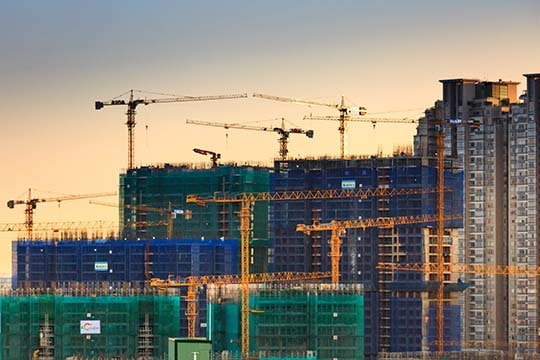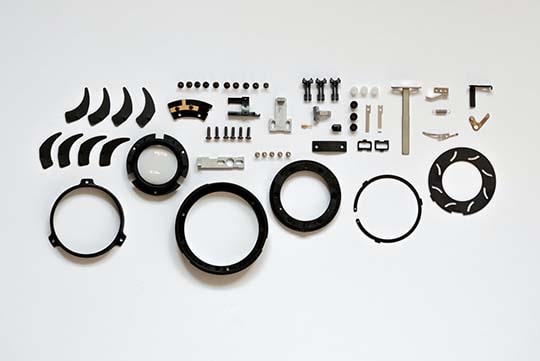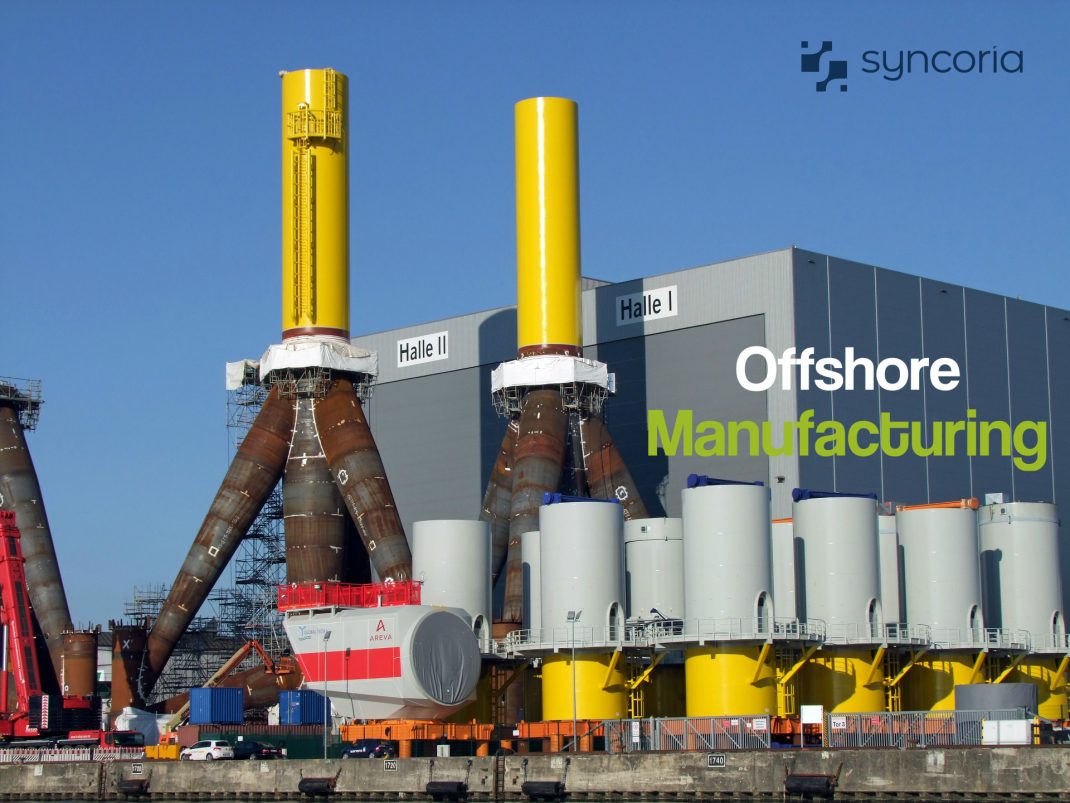Related Articles
Companies and businesses target making the maximum amount of profit in the most cost-efficient way possible.
The labor force is a big factor when it comes to expenses as workers require minimum wages, easy to use equipment, additional benefits which include healthcare and so on.
The Quality of Offshore Manufacturing
Keeping in mind the specific working hours and worker rights, companies opt for offshore manufacturing in countries where labor is comparatively cheap and affordable.
The labor forces are usually skilled in jobs which mostly require hands-on training and experience.
With time, the skills of these workers increase and they are able to produce higher quality goods more efficiently.
However, it becomes a matter of concern as it is only natural for the labor prices to gradually increase as their skills develop and the quality of the products also improve.
In other words, as the demand for cheap labor increases, the price increases as well.
One must also take into account that even though offshoring gives companies access to cheap labor, the quality of the products is not always ensured at a consistent rate.
In order to achieve the desired quality, it would take multiple trials and investments to familiarize workers with the final product in order to get them working efficiently and rapidly.
Overtime, these issues can be resolved but the quality of the products would have to be sacrificed to a certain extent for a time where profit would not be maximized.
A simple solution to solve the gradual increase of labor price and also to maintain and improve quality, is automation.
With the use of modern equipment and high-tech machinery which require only a set of commands and codes to operate, the quality consistency and rate of production can be controlled by the company first hand.
This also reduces the chances of faulty products being released in the market and open to the public which may result in public outcry and defamation of the business.
When it comes to quality control and improvement, factors such as worker education and skills, accurate data collection to assess productivity and visibility comes into play.
Even if production and manufacturing does not occur offshore, these procedures are still time consuming and rely on the accuracy of a human operator for quality assessment who, like any other human being, is prone to making errors and other distractions of the work space.
These aspects compromise the accuracy and reliability of the collected data and the overall product assessment. This is where the easy magic of automation comes in.
For instance, if a company releases a poor-quality product, it can have a negative impact on the reputation of that company.
Take for example a machined component in the aerospace industry which must be manufactured to tight tolerances, otherwise the product will not be suitable for the final assembly.
To guarantee that the product will fit the bill, the facility or the manufacturers can increase the amount of automation being used to collect the data required for perfecting the product and reduce errors by ensuring precision.
Automation contributes to improving quality in a larger scale more effectively in terms of improving consistency, eliminating human errors, identifying errors, improving accuracy and creating more complex goods.
Domestically, automation and robotics can contribute and increase the speed of production through accuracy and repetition which would impact product quality.
Such machinery can be programmed to repeat a task precisely over and over again without lag. However, this task may become repetitive and laborious for the human worker and induce fatigue eventually influencing the quality of the final product.
A six-axis robot, is a high-performance articulated robot designed for assembly applications.
The different axes give the robot the flexibility needed to perform a wide range of industrial tasks and manufacturers can place them where they require fast and precise actions, such as pick and place applications.
This allows companies to decide for themselves where to utilize equipment and resources in whatever manner they deem appropriate. In offshoring, such decision-making capabilities of manufacturers becomes more complicated and problematic.
Other than that, detection of the error in the product is a major concern in ensuring quality.
In offshoring, this detection can become compromised due to unethical standards of operators or by language barriers.
However, as the machines do not require language-based communication, it is easier and more efficient to use these machines to detect defects too small for the human eye to detect.
The smallest of defects could subsequently impair the function of the product itself and so, it is crucial to take every precaution necessary before releasing the product.
Machine vision system can rapidly inspect each item on the production line to ensure the quality of the products.
The entire automation process not only combats the gradual quality increase of offshoring but strengthens quality control and improvement.
It is suffice to say, whatever a human worker is capable of doing in a week, a robot can do twice as much in a short amount of time with no defects.
The process also eliminates the company’s budget changes as they are no longer required to adjust to the labor price increment to ensure product quality.
Even though offshoring is a cheaper way to make profit it is not necessarily the best way to ensure the best product in a short time.
With gradual increase in the quality of offshore manufacturing, the companies opting for this procedure look to invest more into production without even realizing it and so, automation can contribute significantly in reducing this cost and simultaneously ensuring the best quality








